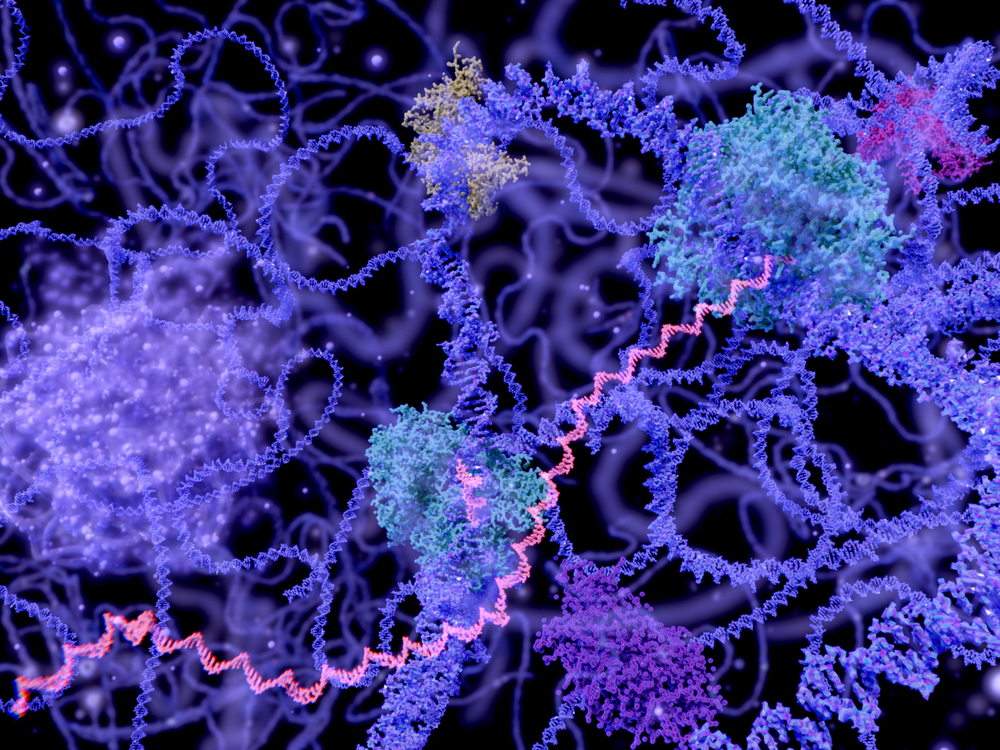Although much is known about the clinical manifestations of the disease, the specific causes of endometriosis continue to elude scientists. A novel study titled “Peritoneal fluid modifies the microRNA expression profile in endometrial and endometriotic cells from women with endometriosis” and published in the Human Reproduction journal, gives new insight into this disease pathogenesis.
Endometriosis is a very frequent disease affecting as much as 10% of reproductive-age women and is caused when tissue similar to that of the inner lining of the uterus (called endometrium) begins to grow outside the uterus, namely on the ovaries – causing the formation of an ovarian cyst called endometrioma – fallopian tubes, ligaments and outer surface of the uterus, rectum, bladder or vagina. The inflammation associated with the cyclic detachment of cells from the wrong site during menstruation is responsible for its symptoms, usually infertility, pelvic pain, painful menstruation and painful sexual intercourse.
The formation of new blood vessels is an important system involved in the development of endometriosis and microRNAs, small molecules that function as regulators of gene expression both in plants and animals, might also play a role in the disease. Researchers from Instituto de Investigación Sanitaria La Fe, Spain, looked at the effect of peritoneal fluid (fluid from inside the abdomen) from patients with endometriosis which is thought to carry various hormones that might promote endometriosis on endometrial (normal) and endometriotic (pathogenic) function as measured by microRNA expression.
The study included cells from 8 normal women and 11 endometriosis patients. The results showed that peritoneal fluid from patients with endometriosis changed the expression of microRNA in normal cells, some of which were involved in the formation of new blood vessels and destruction of proteins (and possible aiding in the invasion of other tissues). The inhibition of these microRNA led to a decrease in the amount of signals necessary for the formation of blood vessels (angiogenesis signals).
Although all experiments were done in vitro (cells studied outside the body and in the laboratory), the model tries to explain some molecular mechanisms that lead to the development of endometriosis. These results widen the scientific knowledge on the underlying causes of endometriosis and give new targets for therapy research. In the future, the inhibition of microRNA signals might prove a more efficacious therapy for this condition.

